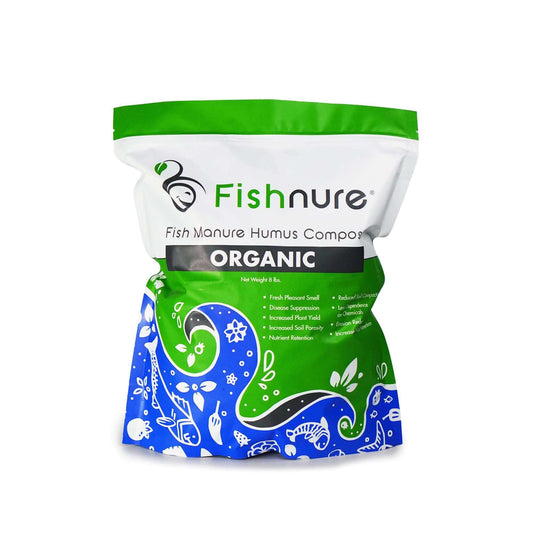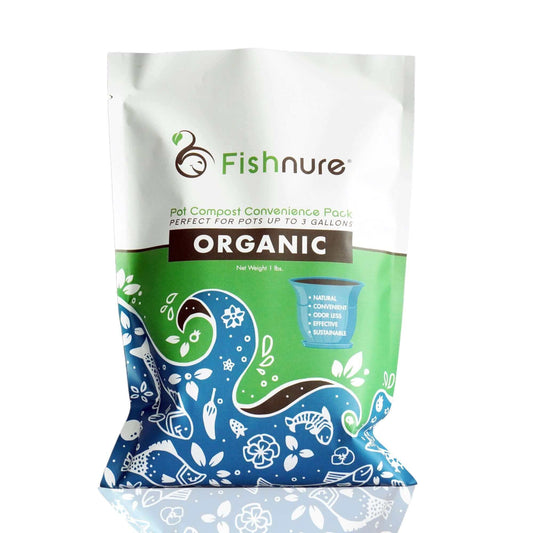
A Slightly Different Model For Aquaponics
Share
According to Wikipedia, Aquaponics or pisciponics, is a sustainable food production system that combines traditional aquaculture (raising aquatic animals such as snails, fish, crayfish or prawns in tanks) with hydroponics (cultivating plants in water) in a symbiotic environment. In aquaculture, effluents accumulate in the water, increasing toxicity for the fish. This water is led to a hydroponic system where the by-products from the aquaculture are broken down by nitrogen fixing bacteria, then filtered out by the plants as vital nutrients, after which the cleansed water is recirculated back to the animals.

Clifford Chin has a small aquaponics project in Charlotte,NC. He says
“It’s like growing plants on steroids,” said Chin. “The vegetables grow three to four times faster than what you put in the ground. You can actually eat here on Friday and come back on Monday and see the difference in size.”
Environmentally the basic idea is to have a closed system in which the fish eat the plants. The wastes excreted by the fish are converted by microbes and bacteria into a nutrient that is consumed by the plants. The plants then are eaten by the fish. This is environmentally good and sustainable but has no advantage since neither the fish nor the plants could be eaten by humans to remain sustainable. The modified aquaponics model is to feed the fish with an external supply of food. The fish grow and at the same time excrete wastes that are converted to plant nutrients that grow the plants that are also eaten by humans. The advantage is that we get fish to eat and the nutrients from the fish waste efficiently grows plant food that we can eat. All of this without the use of chemical fertilizers.
There are several disadvantages to this model:
Sustainability of the system depends on the sustainability of the feed for the fish. Efficient fish growing requires specially formulated feed. The wastes produced by the fish in a closed aquaponic system go to the feeding of the plants in the system. The plants are to be eaten by humans not the fish.
It requires growing fish in a recirculating environment that is connected to the plant growing environment. This is not a simple or inexpensive process. If the climate is not suitable for the fish the process must be grown indoors and that requires energy to maintain the proper temperatures.
A proper balance must be maintained between the amount of fish in the system producing the wastes that provide the nutrients for the plants and the amount of plants needed in the system to maintain proper water quality. This balance is not always easy to determine.
Growing plants in liquid requires more labor than growing plants in the ground. The faster growth in a liquid environment, however, may partially offset the extra labor required.
A better model is to grow the fish in the most efficient manner possible. Efficient means growing the fish in an environment that assures the best feed conversion ratios possible, the lowest energy requirements and high survivability. The feed conversion ratio is the amount of feed required to produce a pound of fish. The growing environment must also allow for the capture and removal of the fish wastes from the water. A recirculating environment is the most efficient fish growing environment achieving very low feed conversion rations and low energy costs.



